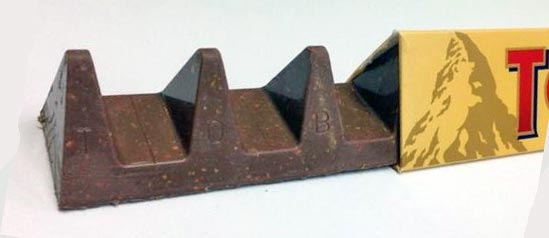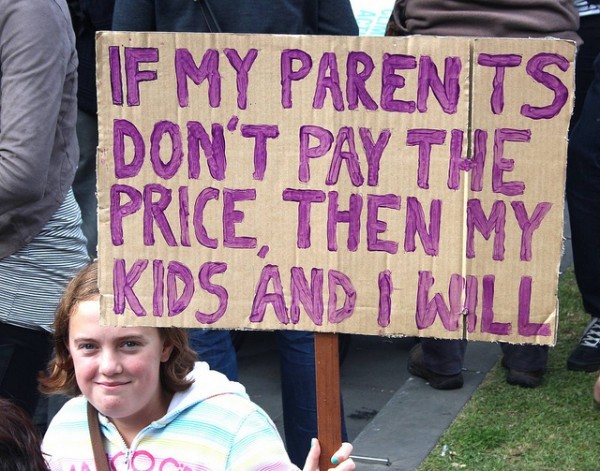To get people excited about economics, it’s good to try and think how economics can be applied in everyday life. Some of this is just common sense, but economics can put a theory behind our everyday actions.
Buying goods which give the highest satisfaction for the price

This is common sense, but in economics, we give it the term of marginal utility theory. The idea is that a rational person will be evaluating how much utility (satisfaction) goods and services give him compared to the price. To maximise your overall welfare, you will consume a quantity of goods where total utility is maximised given your budget. For example, is it worth paying extra charges by airlines, such as paying for more leg-room? Or pay to get priority boarding? Economics suggests we need to evaluate the marginal benefit of these services compared to the marginal cost.
Opportunity Cost

The first lesson of economics is the issue of scarcity and limited resources. If we use our limited budget for buying one type of good (food), there is an opportunity cost – we cannot spend that money on other goods such as entertainment. Opportunity cost is an intrinsic aspect of most economic choices. We may like the idea of lower income tax, but there will be an opportunity cost – in this case, less government revenue to spend on health care and education.
Another example of opportunity cost – no one likes to pay for parking, but would we be better off if parking was free? Most likely not. If parking was free, demand might be greater than supply causing people to waste time driving around looking for a parking spot. Free parking would also encourage people to drive into city centres rather than use less environmentally friendly forms of transport. It would increase congestion; therefore although we would pay less for parking, we would face extra less obvious costs.
Examples of economics in everyday life
- Is the price of Starbucks a rip-off?
- Is it rational to put money in an honesty box?
- How will you be affected by a devaluation of the Pound?
- How will you be affected by low-interest rates?
- How will you be affected by a recession?